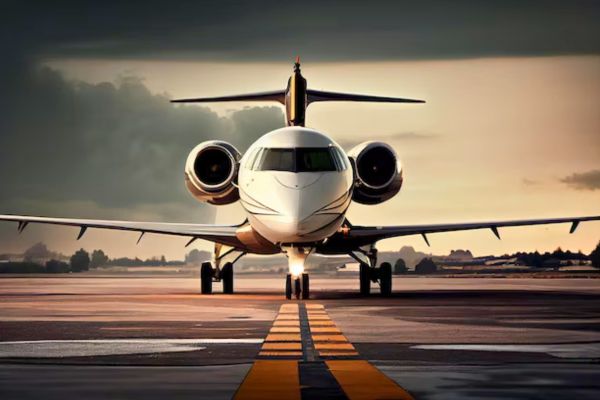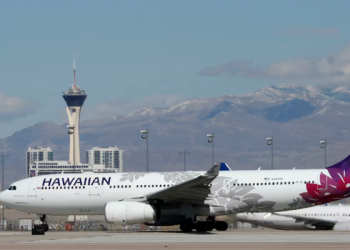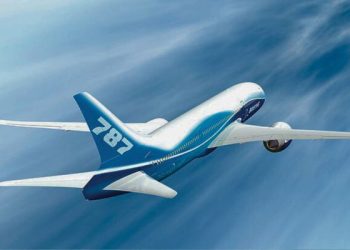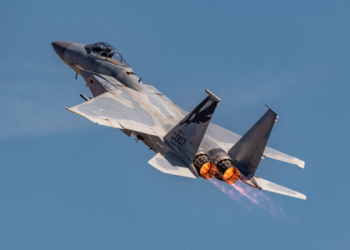In the world of aviation, maintaining safe and reliable runways is of utmost importance. But have you ever wondered how often airport runways need to be repaved and what factors determine this need? Let’s delve into this essential aspect of airport maintenance.
In the early days of aviation and until the end of the Second World War, runways were mostly grass or dirt strips. However, exceptions existed, with Michelin in France and Henry Ford building concrete runways for their private use. Nowadays, the two primary materials used for paved runways are asphalt and concrete.
For large commercial airports handling heavy airliners, reinforced concrete runways are the preferred choice. Meanwhile, airports that cater to lighter planes can suffice with asphalt runways. When constructed correctly, a well-maintained runway can last for several decades.
A common challenge that airports face is dealing with rubber deposits left by aircraft tires. Upon landing, aircraft tires leave rubber marks on the runway. Over time, these marks accumulate, making the surface slippery when wet. This rubber build-up can affect braking and lead to runway overruns. To combat this issue, airports use chemicals and high-pressure water to remove the rubber.
Another concern for runway maintenance is the impact of weather conditions. Airports located in areas with freezing winters and scorching summers experience more stress on their runways. Additionally, the weight and stress of aircraft operating on the runway, as well as the number and frequency of aircraft movements, play a significant role in determining the runway’s condition.
Depending on how well an airport manages these factors, a runway can last up to 30 years with regular maintenance. However, busy airports handling larger aircraft may need more frequent repaving than smaller regional airports.
As an example, London Heathrow Airport (LHR), one of the world’s busiest airports, resurfaces its runways approximately every ten years. The most recent resurfacing of its North and South Runways occurred in 2013, and Heathrow is gearing up for another round of runway work this summer. Fortunately, lower traffic volumes during the COVID-19 pandemic allowed for some repairs, simplifying the current project.
To minimize disruptions to air traffic and local communities, Heathrow plans to close one runway between 22:30 and 06:00 during the repaving process. Currently, Heathrow has few nighttime flights, and those it does have mainly arrive after 04:30.
The resurfacing work is scheduled to commence in September 2023 and continue until September 2025. Throughout the process, Heathrow aims to adhere to the following pattern:
– From Sunday evening until Friday morning (five days), all flights will use a single runway between 22:30 and 06:00.
– From Friday evening until Sunday morning, both runways will operate as usual.
Thankfully, daytime flights will remain unaffected by the runway resurfacing work, ensuring that passenger travel remains as smooth as possible.
While acknowledging the potential inconvenience to local communities due to aircraft noise during the construction period, Heathrow expressed its regret but deemed it unavoidable for the vital task of runway maintenance. With careful planning and cooperation, Heathrow aims to ensure the continued safety and efficiency of its operations, benefiting passengers and airlines alike.
Read more on: Hong Kong International Airport marks 25th year with 80,000 free air tickets










![An Airbus A320neo takes off for its first test flight [File AP]](https://autojournal.africa/wp-content/uploads/2025/12/An-Airbus-A320neo-takes-off-for-its-first-test-flight-File-AP-350x250.png)








![Tesla Model X [Photo Credit WallpaperAccess]](https://autojournal.africa/wp-content/uploads/2023/08/Tesla-Model-X-Photo-Credit-WallpaperAccess-120x86.jpg)

